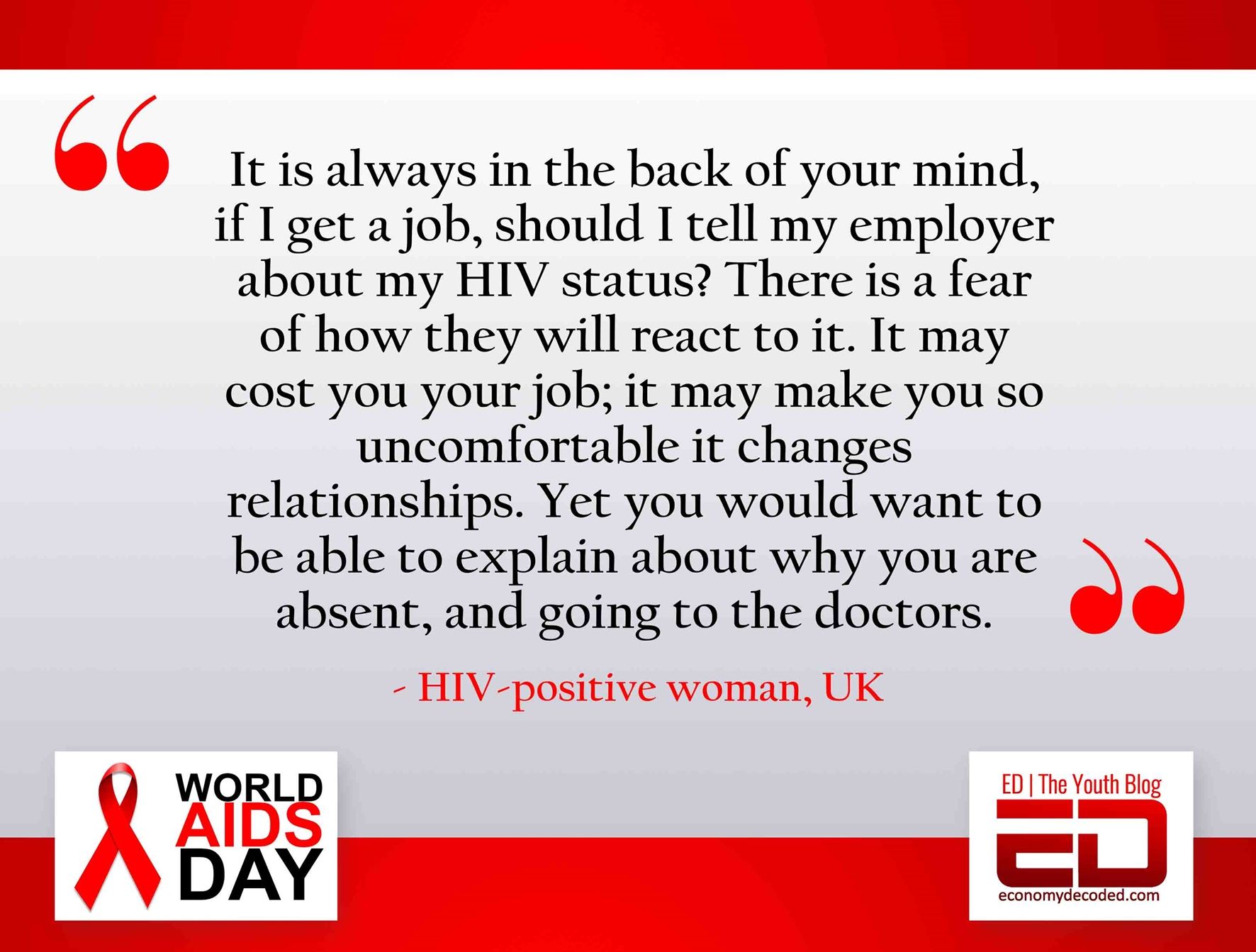image source: https://www.pinterest.com
Are you concerned about HIV and how it can affect your health? It is important to understand how one can become infected with HIV in order to protect oneself and others. In this article, we will explore the various ways that HIV can be transmitted and what you can do to prevent it. By educating yourself about this virus, you can take the necessary steps to stay healthy and avoid becoming infected with HIV. So, let’s delve into the details and learn more about this serious health concern.
Understanding How HIV is Contracted: A Comprehensive Guide to Protecting Yourself
HIV (Human Immunodeficiency Virus) is a virus that weakens the immune system and can lead to AIDS (Acquired Immunodeficiency Syndrome). It is primarily transmitted through sexual contact, sharing needles or syringes, and from an HIV-positive mother to her child during pregnancy, childbirth, or breastfeeding. However, there are also other ways that HIV can be contracted. In this comprehensive guide, we will discuss how HIV is contracted, ways to protect yourself, and the importance of getting tested.
How is HIV Contracted?
1. Sexual Contact
The most common way HIV is contracted is through sexual contact. This includes vaginal, anal, and oral sex. HIV can be transmitted through the exchange of bodily fluids such as blood, semen, vaginal fluids, and breast milk. Unprotected sex with an HIV-positive person increases the risk of contracting the virus. It is important to note that HIV can also be transmitted through oral sex, although the risk is lower compared to vaginal and anal sex.
2. Sharing Needles or Syringes
HIV can also be transmitted through sharing needles or syringes with an HIV-positive person. This includes injecting drugs, steroids, or any other substance. When needles and syringes are shared, small amounts of blood can be left on the equipment, which can then enter the bloodstream of the next person who uses it.
3. From Mother to Child
HIV can be passed from an HIV-positive mother to her child during pregnancy, childbirth, or breastfeeding. This is known as mother-to-child transmission. Without medical intervention, there is a 15-45% chance that an HIV-positive mother will pass the virus to her child. With proper medical care, the risk can be reduced to less than 1%. It is important for pregnant women to get tested for HIV and receive appropriate treatment to prevent transmission to their child.
Other Ways HIV Can Be Contracted
1. Blood Transfusions
Before 1985, HIV could be transmitted through blood transfusions. However, with the implementation of strict screening procedures, the risk of contracting HIV through blood transfusions is now extremely low.
2. Occupational Exposure
Healthcare workers, such as doctors, nurses, and laboratory technicians, may be at risk of contracting HIV through accidental needle sticks or exposure to bodily fluids. However, the risk of transmission in these cases is very low, as most healthcare facilities have protocols in place to prevent such incidents.
How to Protect Yourself from HIV
1. Practice Safe Sex
The most effective way to protect yourself from HIV is to practice safe sex. This means using condoms consistently and correctly during every sexual encounter. Condoms act as a barrier, preventing the exchange of bodily fluids during sex.
2. Avoid Sharing Needles or Syringes
To reduce the risk of contracting HIV, it is important to avoid sharing needles or syringes. If you inject drugs, make sure to use clean needles and syringes every time. Do not share equipment with others, and never use a needle or syringe that has been used by someone else.
3. Get Tested
Getting tested for HIV is crucial, as many people who are infected with the virus may not show any symptoms for years. Regularly getting tested can help you know your HIV status and seek appropriate treatment if needed.
4. Consider PrEP
Pre-exposure prophylaxis (PrEP) is a daily medication that can significantly reduce the risk of contracting HIV. It isIn conclusion, understanding the various ways one can become infected with HIV is crucial in promoting prevention and reducing the spread of the virus. By practicing safe sex, avoiding sharing needles, and getting tested regularly, individuals can take proactive measures to protect themselves and others from contracting HIV. It is also important to educate oneself and others about the risks and ways to prevent HIV transmission. By working together, we can create a healthier and safer community.
